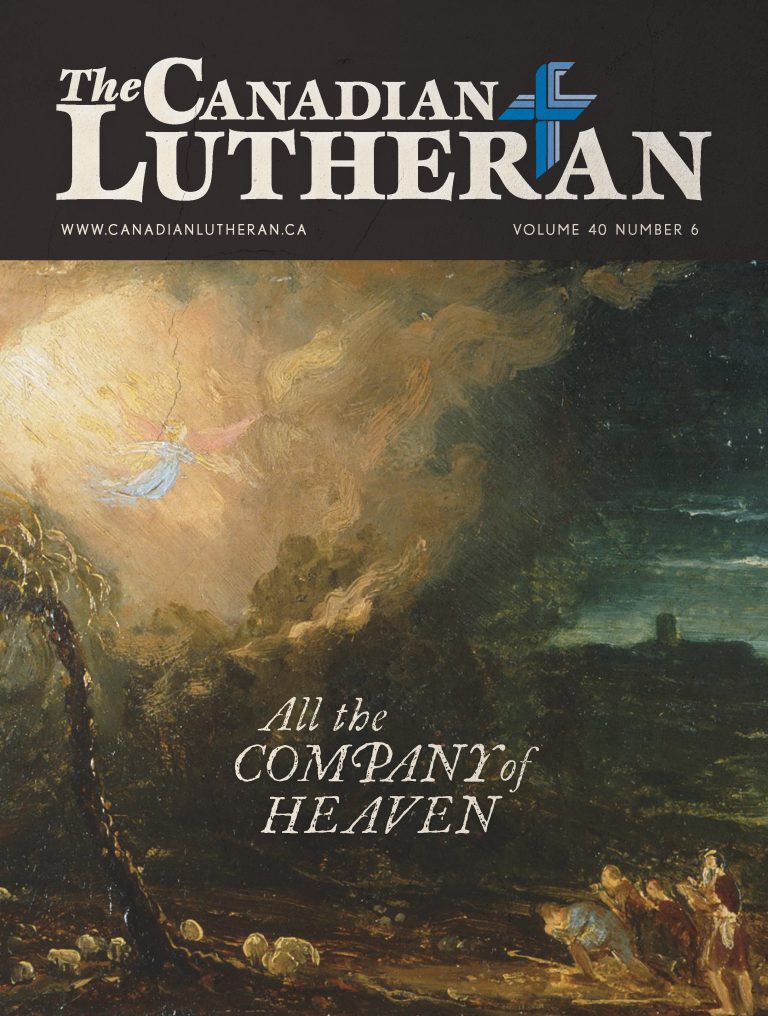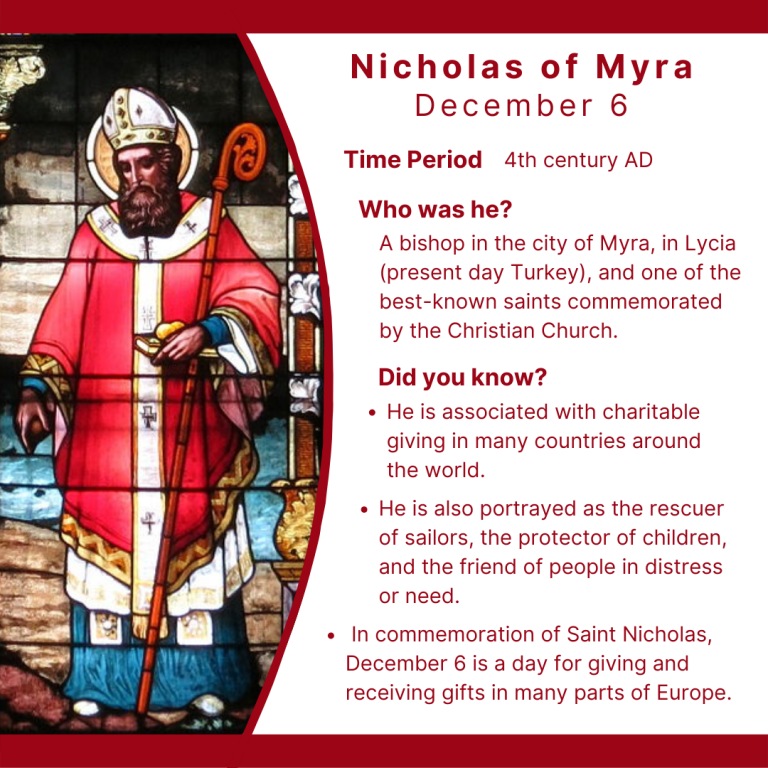Luther graphic novel is a winner despite shortcomings
by Andrew Craig
 Edutainment is a word we’ve come to know around my house as my wife and I try to be discerning parents, limiting our child’s TV viewing so she gets something out of what she watches. Hence, she watches things like Sesame Street, Dora the Explorer, etc. that help her interact with, and understand the world around her.
Edutainment is a word we’ve come to know around my house as my wife and I try to be discerning parents, limiting our child’s TV viewing so she gets something out of what she watches. Hence, she watches things like Sesame Street, Dora the Explorer, etc. that help her interact with, and understand the world around her.
Luther: Echoes of the Hammer is an attempt to bring that dynamic to our beloved founder and, unfortunately, ends up heavy on the “edu” and light on the “tainment”.
The book is a thorough biography of Luther’s life, covering his birth to his death and everything in between. Its wordiness and puzzling art choices make it difficult to classify it as a graphic novel. However, I do believe it has incredible value to the church.
Before I get to the ‘gospel’ of my review, I need to lay down a bit of ‘law.’
Genre mismatch
I am conflicted. I liked Luther: Echoes of the Hammer despite itself. The glaring problem is that the book is simply not what it claims to be—a graphic novel. It makes me wonder if the publishers asked someone what a graphic novel really is. I have read and enjoyed graphic novels for a long time and this is far from what I have experienced.
A graphic novel shares writing and art to tell a story in creative and imaginative ways. This book is graphic—you find more pictures in it than your average book—and a novel, telling the story of Luther from beginning to end. The art is decent but generally static, depicting events more as tableaus rather than giving a kinetic energy for which graphic novels are known. For example, at the key moment in Luther’s life when he gives his famous “…Here I stand…” speech, the artist’s choice of angle and perspective confused me. It should be a big, bold moment, with a suitably big and bold drawing but it just wasn’t there.
Additionally, there are stark, white pages with a single centred paragraph, some illustrations in colour, others in black and white with shading. The variety in the graphics made me wonder if there was a deadline looming and the book got rushed to press.
To top it off, the writing is pretty dry as though the author felt restrained by the events instead of exhilarated to write what should be such a special book. I don’t mean that it doesn’t recount the events as they happened; the problem is it does that—and only that. The writing reads like an educational text in a “this happened, then this happened” way which puts the book in conflict with itself.
Field testing
The book is aimed at youth—confirmation age kids. But my confirmands were not overly impressed.
I gave the book to two of my students, Marieka (13) and Calvin (12), to read and review. They admitted to learning a lot, but they had some issues. Marieka said, “I felt misled. A graphic novel is a comic, not a bunch of writing!” Calvin similarly observed: “If you aren’t a strong reader you probably won’t like it.”
I asked what they would do if they got it for Christmas. Marieka replied honestly that she would pretend she was happy to receive it. Both said they would not read it for fun, but felt it was good to read for confirmation. (They then enthusiastically assured me they enjoy their confirmation classes.)
Best out there
Now, the good news. As a pastor and educator of confirmands this is by far the most accessible biography of Luther out there. There is no other book, movie or media I believe would serve the purpose of teaching confirmands the true story of Luther.
Every congregation would be well served using the book as part of its confirmation curriculum
There are some invaluable aspects to the writing and visuals. Vignettes on Phillip Melancthon and other important figures give a nice “nutshell” biography and outlines their contribution to the Reformation. Maps provide the reader with needed context. Sidebars discuss the peasant’s revolt and flesh out the history. These additions make give the book a boost in its educational benefit. For those reasons I appreciate the efforts made here.
Every congregation would be well served using the book as part of its confirmation curriculum. If this had been available when I was in confirmation I would likely have retained a lot more of the dates and events of Luther’s life and times. I know this sounds a little like I am back-pedalling, but the book has its place.
Overall Luther: Echoes of the Hammer’s biggest failing is its marketing. The term “graphic novel” carries with it certain expectations. I expect a comic book; I expect it to be somewhat entertaining; I expect something other than Luther: Echoes of the Hammer. A better description would be “an illustrated history” and would likely open it up to a broader audience.
My wife believes adults don’t read graphic novels. (Whether that is a commentary on culture or my maturity I do not know, but she has a point.) I believe many pastors, teachers, and lay people would appreciate Luther: Echoes of the Hammer for what it truly is: a well-rounded book with accessible, interesting information about the life of Martin Luther and the people and circumstances that made the world an extraordinary place to live in at that time. From this standpoint the art serves its purpose well, contextualizing the events as they are described. I will use this book from here on out as part of my teaching in confirmation and Bible studies. As long as you are aware of what you are buying, you won’t be disappointed.
Luther: Echoes of the Hammer is available from Concordia Publishing House
Full title: Luther:A Graphic Novel – Echoes of the Hammer Paperback Written by Susan K Leigh Illustrated by Dave Hill 144 pages Published 2011Rev. Andrew Craig is pastor at Trinity Lutheran Church in Pincher Creek, Alberta.



